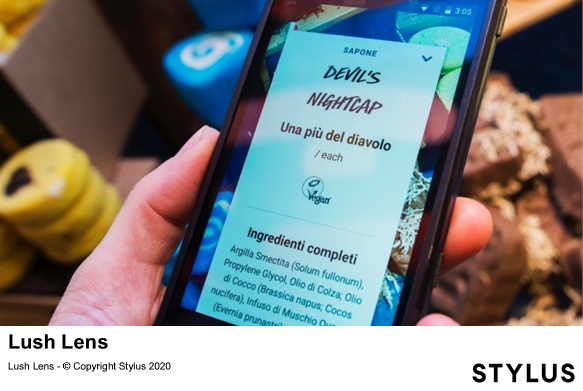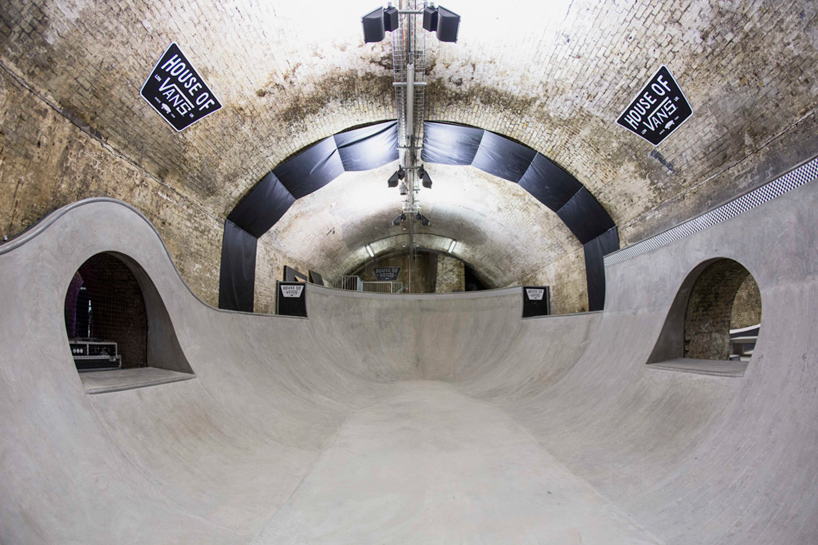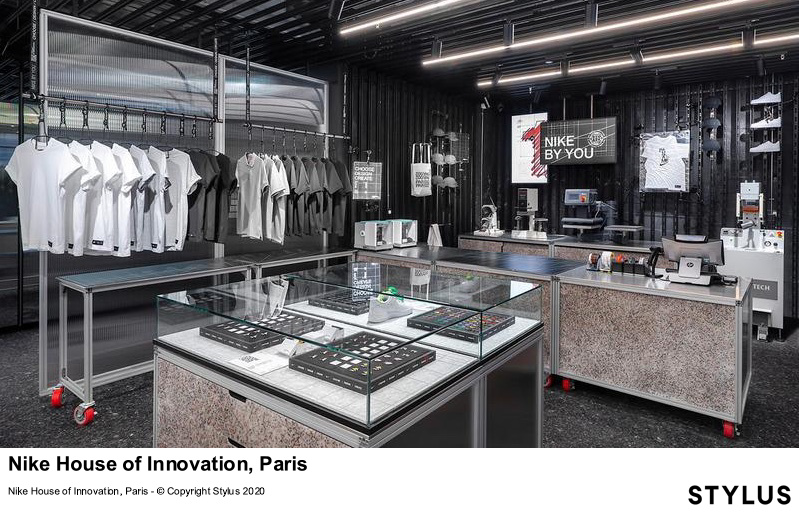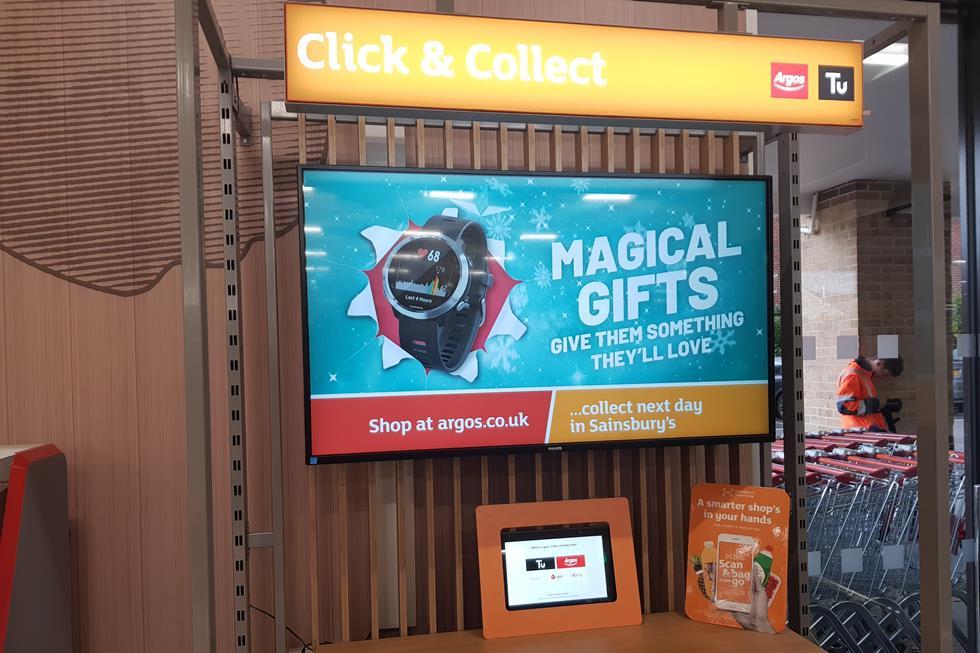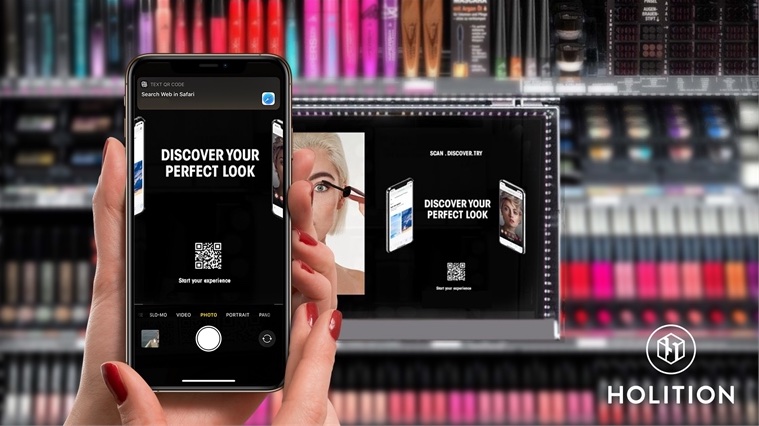COVID-19 has completely shifted the face of an already shaky retail landscape. With consumers restricted to their homes, rapidly depleting pre-pandemic footfall levels for brick-and-mortar stores have naturally taken a deeper dive as customers rely on online shopping, with almost 80% shopping online for in-store items.
During this period, we are seeing the growing trend of what’s dubbed the ‘in-sperience’ or ‘live-stream commerce', as brands bring their entertaining or informative experiences directly into people’s homes via laptops, headsets, or in Lululemon’s case, virtual mirrors (Stylus).
As shoppers rush to take advantage of Black Friday deals online and as we emerge from another four weeks of lockdown, experts predict that the impact of the pandemic is expected to last for years (Forbes). With the convenience of these new technologies, life-like replication of in-store experiences and lingering anxieties around public gatherings, we are forced to ask the question; has 2020 ushered in the death of in-store shopping?
The short answer is no. But with the likes of Debenhams, Arcadia, M&S, Monsoon, Victoria's Secret, Oasis and many others, either permanently closing stores or going into administration, the numbers beg to differ.
In-store retail clearly isn’t dead, but will it ever be the same?

